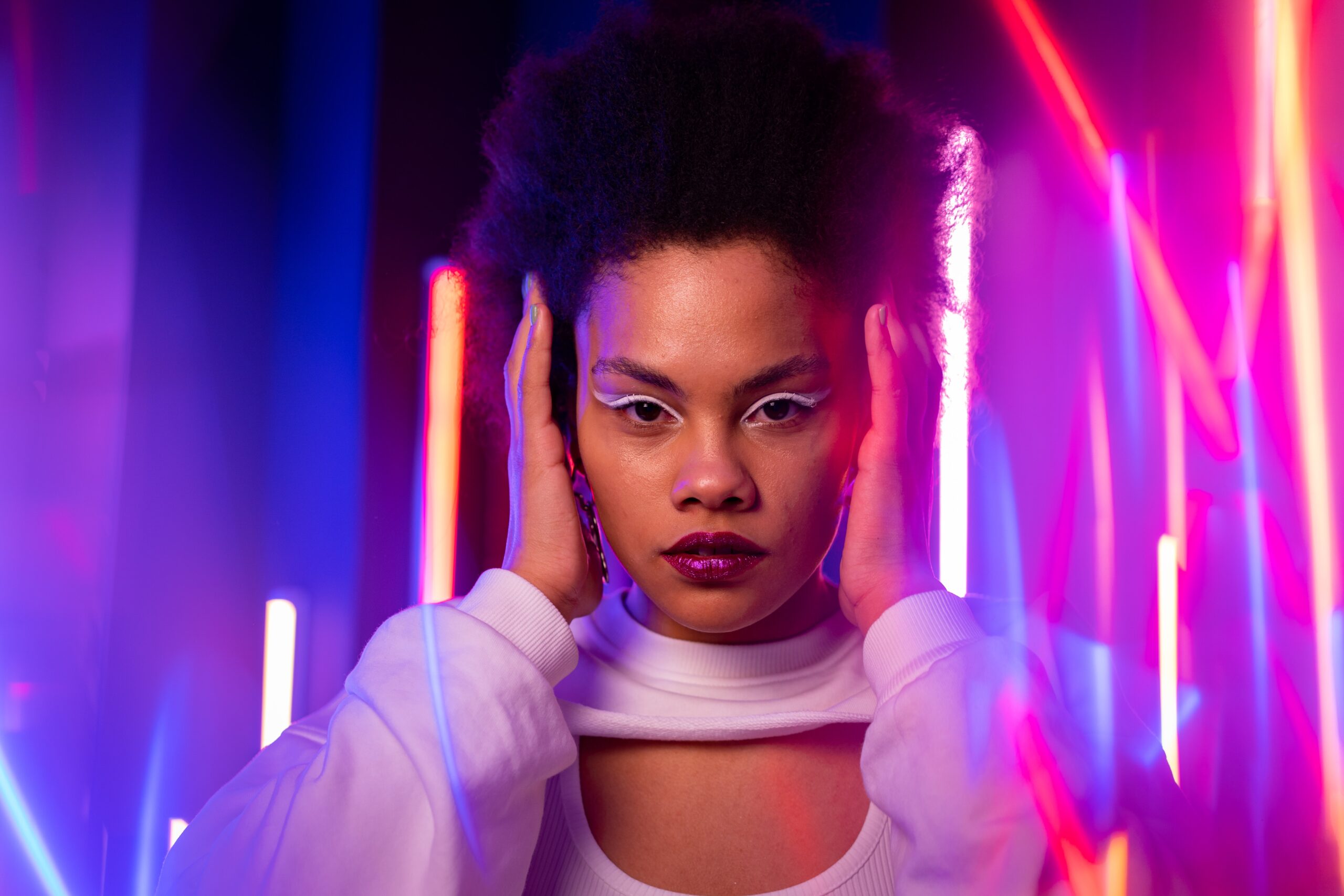Black women are the undisputed queens of hair. They’ve locked down that title with one word: versatility. Whether it’s intricate braids, flawlessly laid weaves, expertly blended extensions, freshly twisted locs or bountiful fros, a Black woman’s crown is a source of pride and playfulness.
Many of these involved styles can take a toll on the hair health if they’re not done properly or cause too much tension. Sadly, many have been taught that beauty is pain. So when that sleek ponytail comes with a splitting headache, there’s a tendency to just go with it. But that tendency can cause traction alopecia.
What is traction alopecia?
“Alopecia just means hair loss. And traction just means tension or pulling,” Dr. Ruth Jobarteh-Williams told 21Ninety. “And if you don’t relieve that tension over time, you can have alopecia. It can happen anywhere on the scalp but it tends to happen around your edges.”
Traction alopecia most often occurs in women of African descent, accord to the National Library of Science. But it’s not genetic, it’s cultural, dermatology resident Dr. Brianna Olamiju explained.
“[Traction alopecia] affects Black women more than other groups because Black women are most likely to use long-term protective styling methods that may inadvertently cause damage to our hair,” Dr. Olamiju said.
Signs of early traction alopecia
There are often warning signs that proceed traction alopecia.
“Before you have notice hair loss, a lot of people will get what we call traction folliculitis where you will see bumps around the areas where the hair is tight,” Dr. Jobarteh-Williams explained.
Many people don’t notice this initial sign and therefore don’t release the tension. That prolonged tension causes inflammation in the hair follicle.
Can traction alopecia be reversed?
Traction alopecia can be reversed if it is identified and treated at an early stage, according to Dr. Olamiju. You can determine how much damage has been done to your hair by visiting a dermatologist.
“Dermatologists are trained to identify clues that traction alopecia may be permanent. Chronic traction alopecia can lead to visible scarring of the hair follicles that can be identified both clinically and microscopically, if a biopsy is performed,” Dr. Olamiju explained.
A biopsy involves removing a small piece of skin on your scalp to be reviewed. The doctor can then tell you whether or not you have viable hair follicles remaining.
But before you get to that stage, you can simply switch up your hairstyles.
“I think most people need to recognize that if something feels tight, if the style feels painful then it is painful and you need to reduce that tension,” Dr. Jobarteh-Williams said.
She advises doing so immediately rather than waiting.
“I’ve seen people do those nice ponytails and they take off the ponytail and they have a bald spot there,” she said.
Before your traction alopecia becomes permanent, dermatologists can also use steroids to stop inflammation around the hair follicle or topical creams like Rogaine to help regrow the hair.
Signs of permanent traction alopecia
Dr. Jobarteh-Williams says if you don’t stop that inflammation in the hair follicle, that’s when traction alopecia can become permanent.
“The hair follicle is what releases the hair. If you’ve destroyed the hair follicle, it’s gone then there’s nothing there to produce the hair,” she added.
Is there a treatment for permanent traction alopecia?
While hair may never grow from that particular follicle again, there is one last course of action in an attempt to regrow hair in that location.
“Your only solution is to get a transplant where the move a hair follicle from a different part of your scalp and transplant where the hair follicle is gone,” Dr. Jobarteh-Williams said.
